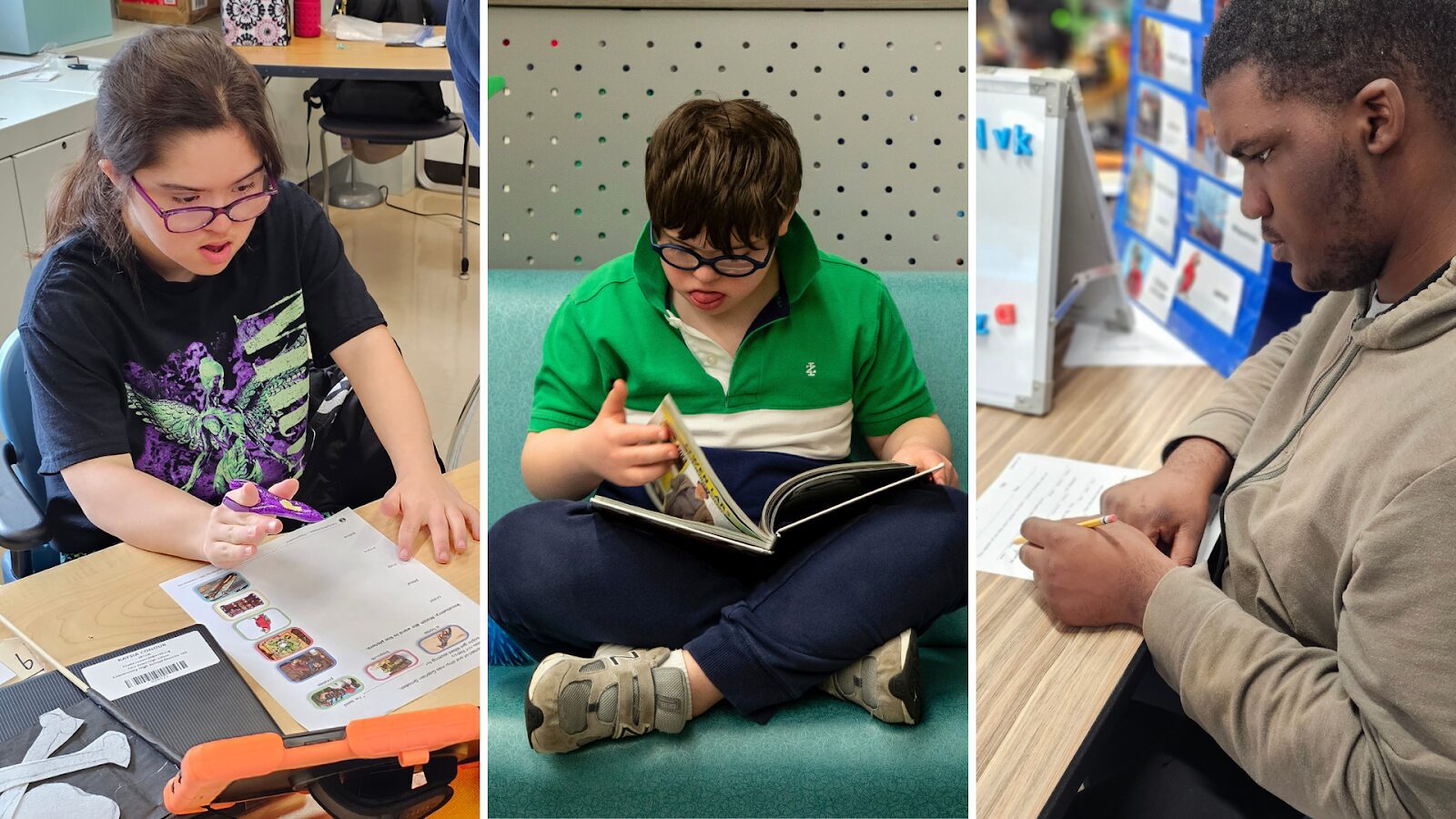IEP Accommodations vs. Modifications: What’s the Difference?
What Are Adaptations, Anyway?
Adaptations are strategic changes to the learning environment—like supplementing the curriculum, adjusting teaching lessons, rearranging the classroom setup, or reconsidering how learners are tested. The goal is to minimize barriers so individuals with disabilities can learn alongside their peers.
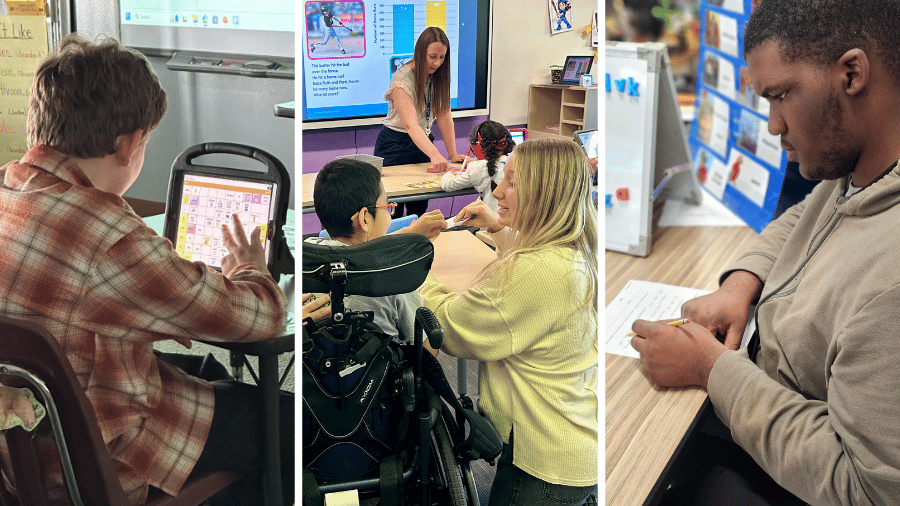
IEP Accommodations: Leveling the Playing Field
IEP Accommodations help a learner overcome challenges related to their disability without changing what they’re learning or altering the state standards. These adjustments promote access to the same instructional material and meet the same expectations as their peers without disabilities, but in a way that considers their needs.
Other examples of IEP accommodations include:
- Audiobooks or text-to-speech tools for learners who struggle with reading.
- Large-print or Braille materials for learners with visual impairments.
- Providing extra time to finish tests or assignments.
- Taking breaks during long tasks to help with focus or sensory needs.
- Preferential seating (like sitting closer to the teacher).
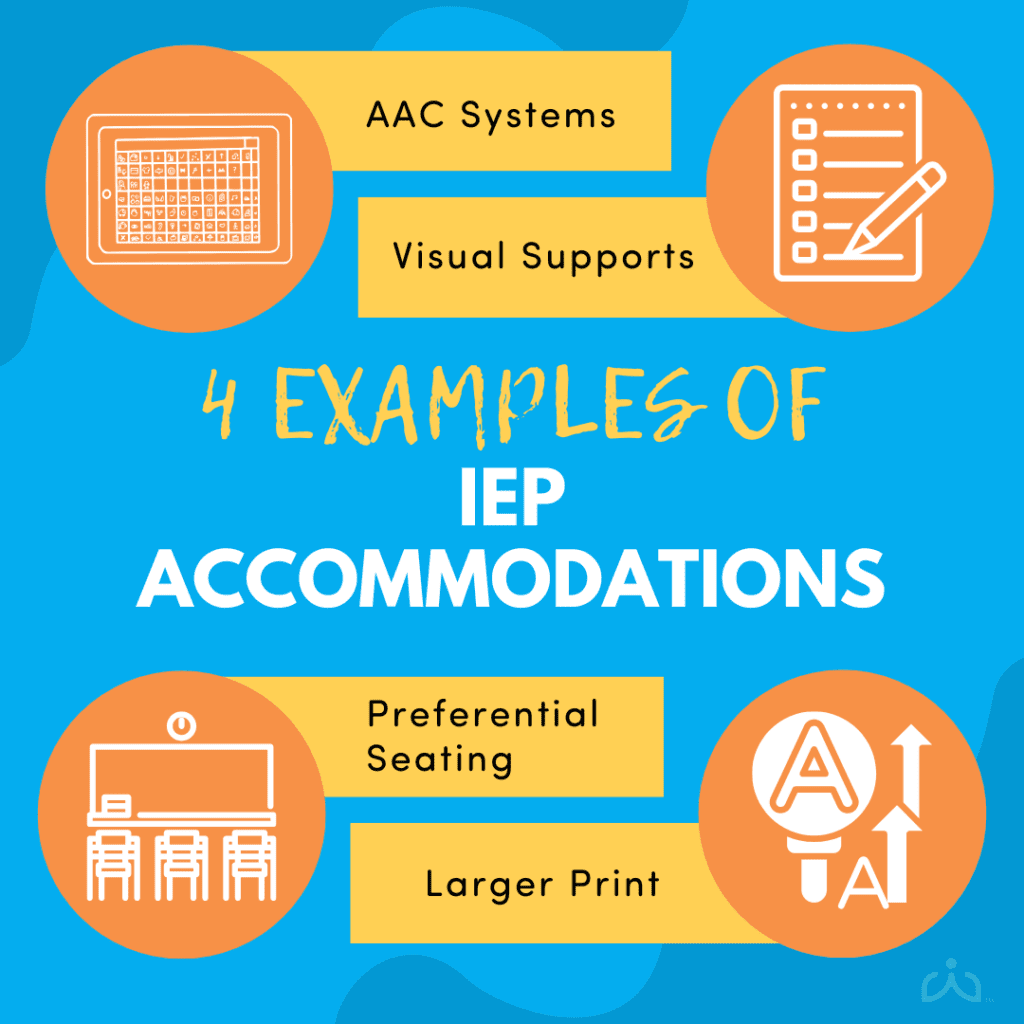
Accommodations don’t change the content or expectations—they provide a different path for learners to meet the same state standards as their classmates.
IEP Modifications: Changing the Playing Field
Here’s an example: Imagine an assignment where learners are asked to write a five-paragraph essay. For a learner who struggles with written expression, the teacher might adjust the expectation, requiring them to write just two paragraphs instead of five. That’s a modification because it changes the scope of the assignment.
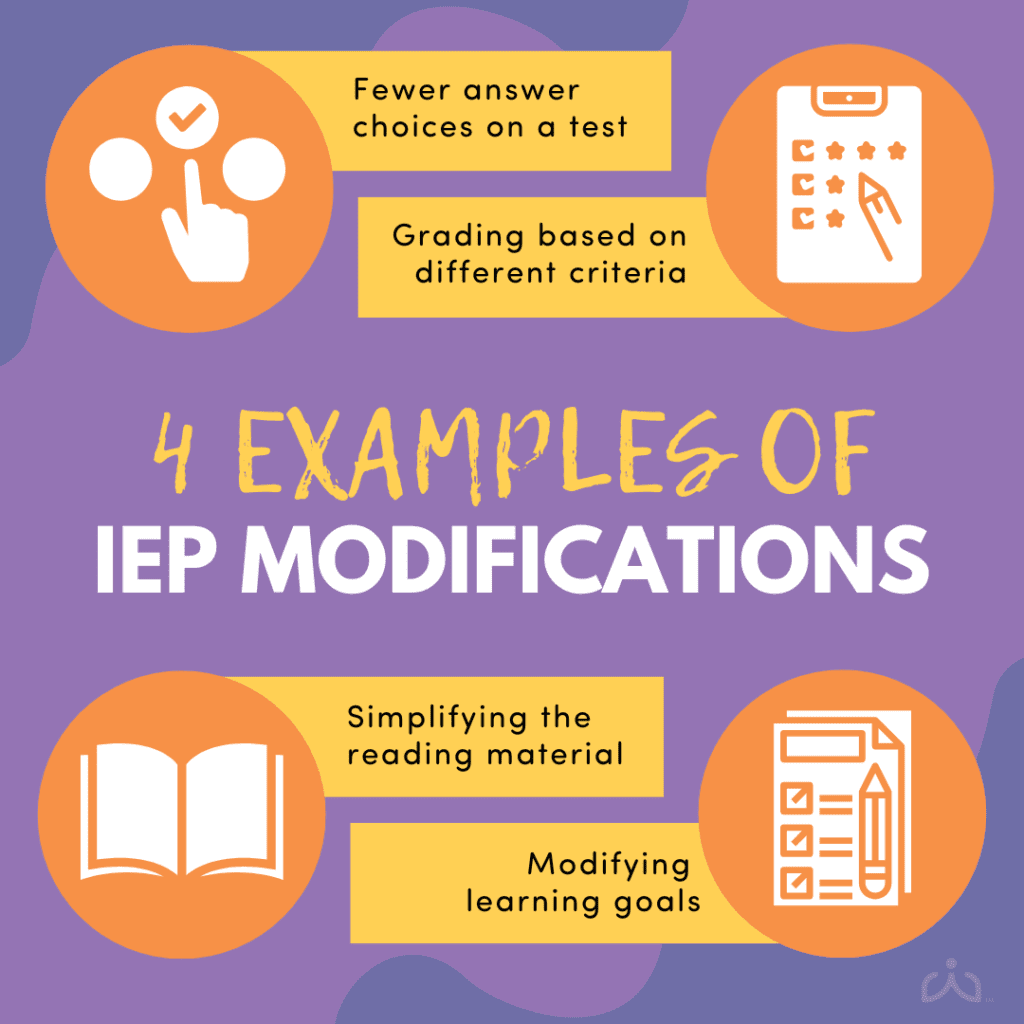
- Offering fewer answer choices on a test (e.g., three options instead of four).
- Grading based on different criteria, like not deducting points for spelling errors.
- Simplifying the reading material for a child who’s still developing reading skills.
- Lowering the number of learning goals or making them less complex.
With modifications, learners may not be exposed to the same material as their peers without disabilities or work toward the same state standards—and that’s okay. We meet learners where they are and create a path to success that meets their needs.
How Do You Know Which Learners Need What Adaptation?
Once you understand the difference between IEP accommodations and modifications, figuring out which learners need which adaptation becomes clearer.
The answer is typically found in two documents: 504 Plans and Individualized Education Plans (IEPs). These documents are educational roadmaps, laying out what accommodations or modifications a learner needs so that everyone working with them—teachers, support staff, and parents—are on the same page.
The Difference Between a 504 Plan and an IEP:
- A 504 Plan outlines accommodations that lessen or remove a disability’s impact on accessing the general education setting and curriculum. While a 504 Plan ensures learners with disabilities can access the same learning environment as their peers without disabilities, it does not include specially designed instruction.
- An IEP outlines the special education supports and services to meet the identified needs of a learner with a disability; this includes both accommodations and modifications, depending on the learner’s needs. In the case of an IEP, it does include specially designed instruction.
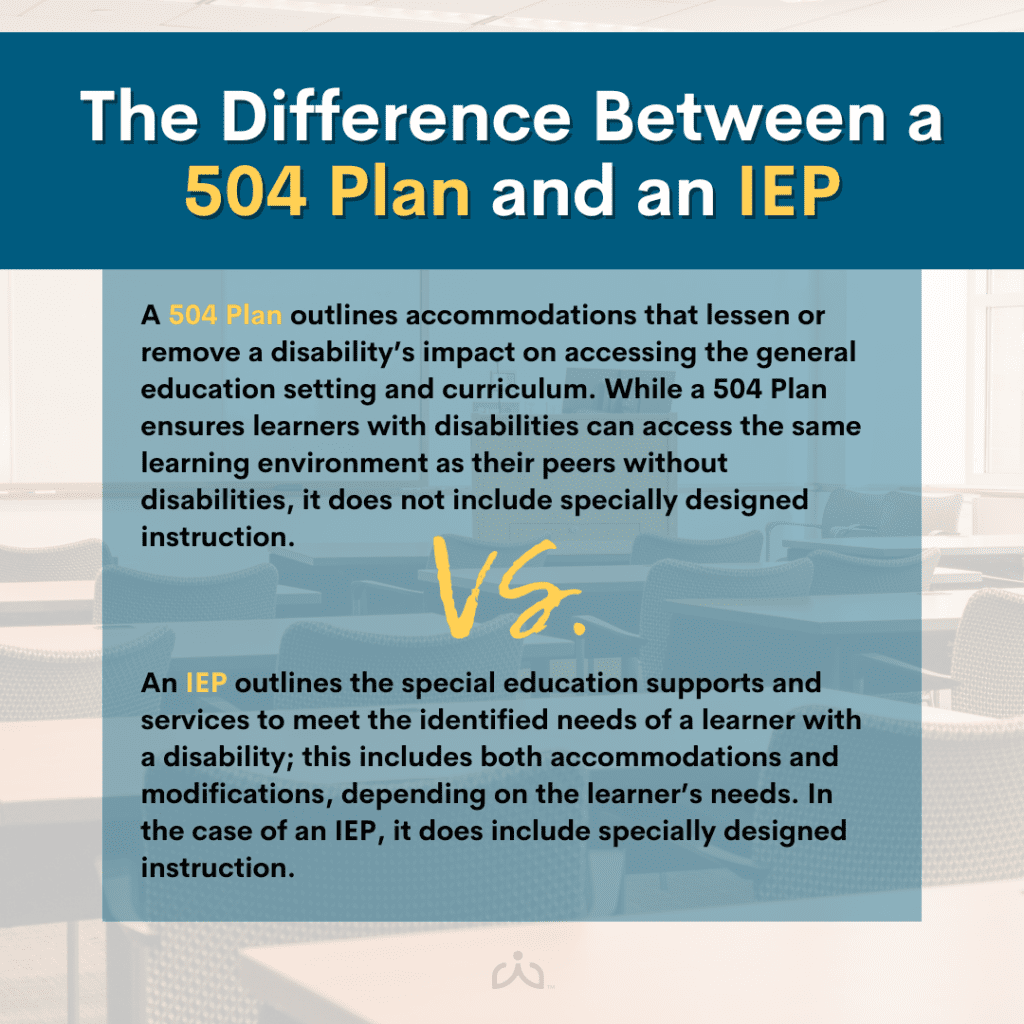
Making Data-Driven Decisions for IEP Accommodations
Author Bio:
The author is not an attorney and this article is not intended as legal advice.



